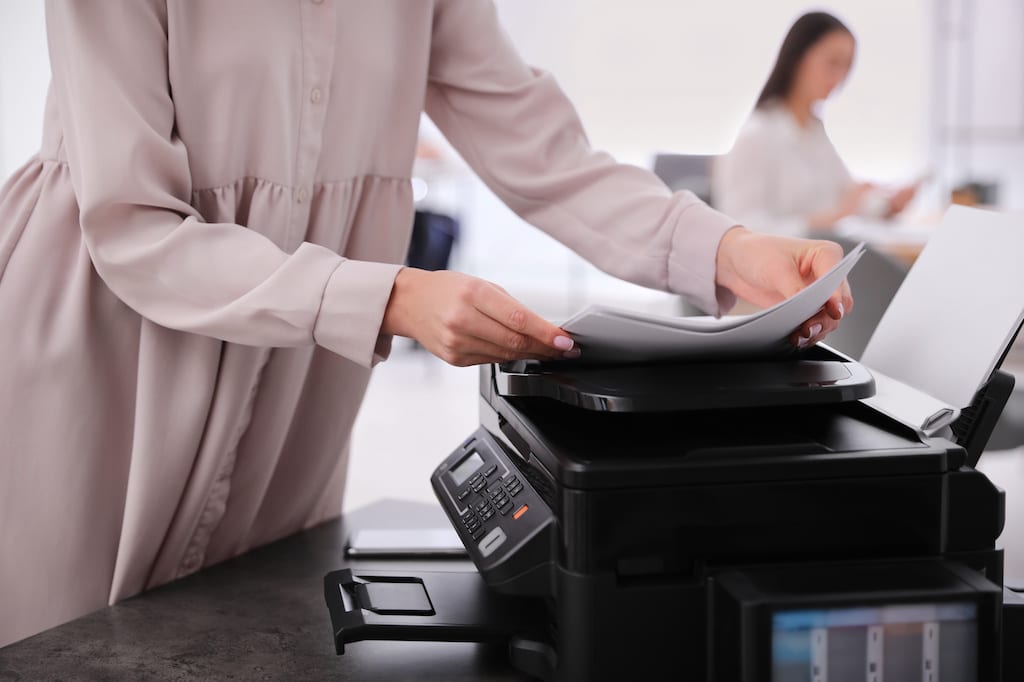In the age of digital communication, some might think that faxes are outdated. However, believe it or not, faxes remain relevant in the professional world. What’s more, the quality of your fax can greatly influence the perception of your message.
If you’re eager to master this classic yet effective mode of communication, you’re in the right place. Here are some pointers on crafting a professional fax:
1. Know Your Audience
Before you figure out what is a fax header, always remember that every communication is a two-way street. Understand your recipient before drafting your fax. Do they prefer a formal style, or would they appreciate a dash of warmth? Grasping your audience’s preferences ensures your message resonates and is well-received.
2. Prioritize Format
A neatly formatted fax isn’t only aesthetically pleasing but also comprehensible. Consistent margins, appropriate spacing, and bulleted lists can enhance readability. Moreover, presenting the most essential information upfront helps the recipient quickly understand the essence of your message.
Start with a clear header that includes the sender’s and recipient’s details, followed by the date and subject. As for the body of the fax, it should be logically divided into sections, each with a clear purpose. Lastly, a concise conclusion can tie everything together and prompt the recipient to take action.
3. Keep It Short And Sweet
Nobody has time to sift through pages of unnecessary details, especially when managing an efficient document change. When it comes to professional communication, brevity is key.
Outline your main points, and then narrow them down to the essentials. Remember, less is often more. A crisp, concise message that gets straight to the point respects the recipient’s time, and showcases your organizational prowess and ability to emphasize key information.
4. Use A Clear And Legible Font
Picking the appropriate font is crucial for your message’s clarity. When your text is legible, it ensures the recipient quickly grasps the intended information without straining their eyes. Here are some considerations:
- Readability: Fonts with distinct characters, like Arial or Calibri, prevent any potential confusion. Avoid cursive or overly stylized fonts, which can blur or become unclear during the faxing process.
- Size Matters: A font size between 10 to 12 points is usually optimal. It’s large enough to read comfortably but doesn’t consume excessive space. Always test print a sample before sending it to check it’s easily readable.
Using the right font ensures your message is understood and portrays professionalism. Remember, the medium can be as crucial as the message.

5. Watch The Tone
Imagine having a face-to-face conversation with the recipient. The tone of your fax should mirror that interaction.
Adopt a professional yet welcoming tone, using words that convey respect and understanding. Avoid overly complex vocabulary that may perplex the reader, keeping in mind that the ultimate goal is clear, unambiguous communication.
Furthermore, utilizing a tone that is too casual or overly formal might alienate the recipient or obscure the message, and finding that sweet spot of being courteous yet direct is crucial. Steer clear of jargon or technical terms unless they’re essential, and regardless of the content, always envelope your words in politeness to foster a respectful interaction.
6. Proofread Thoroughly
An impeccable fax is not just a reflection of your message but also a mirror of your professional demeanor. Recognizing the power of a well-proofread document takes you one step closer to flawless communication. So, before sending your fax, make sure to:
- Look For Consistency: Ensure that the formatting, font, and layout remain uniform throughout the document. Inconsistencies can detract from your message and portray a lack of attention to detail.
- Fact-Check: Validate all the data, figures, and names mentioned in your fax. Discrepancies, especially in crucial details, can lead to confusion and jeopardize credibility.
Taking the time to proofread demonstrates respect for the recipient’s time and can solidify your reputation as a meticulous professional. Accuracy in every detail not only amplifies the integrity of the message but also underpins the reliability of the sender.
7. Include A Call To Action (CTA)
A call to action serves as a roadmap, guiding the recipient toward the desired outcome. Be specific and direct—use straightforward language like ‘Please respond by [specific date]’ or ‘Kindly confirm receipt of this document at your earliest convenience.’
A well-defined CTA removes any ambiguity, facilitating smoother subsequent communications. This simple addition can significantly amplify the efficiency of your message, directing the conversation towards a desired outcome.
Conclusion
While faxes might seem like a relic from a bygone era, they still hold immense value in today’s professional world. Writing a well-crafted fax is both an art and a science. By keeping the audience in mind, maintaining clarity, and maintaining a touch of professionalism, you can ensure your message reaches its destination and achieves its purpose. Remember, in communication, it’s not just about what you say but how you say it.

